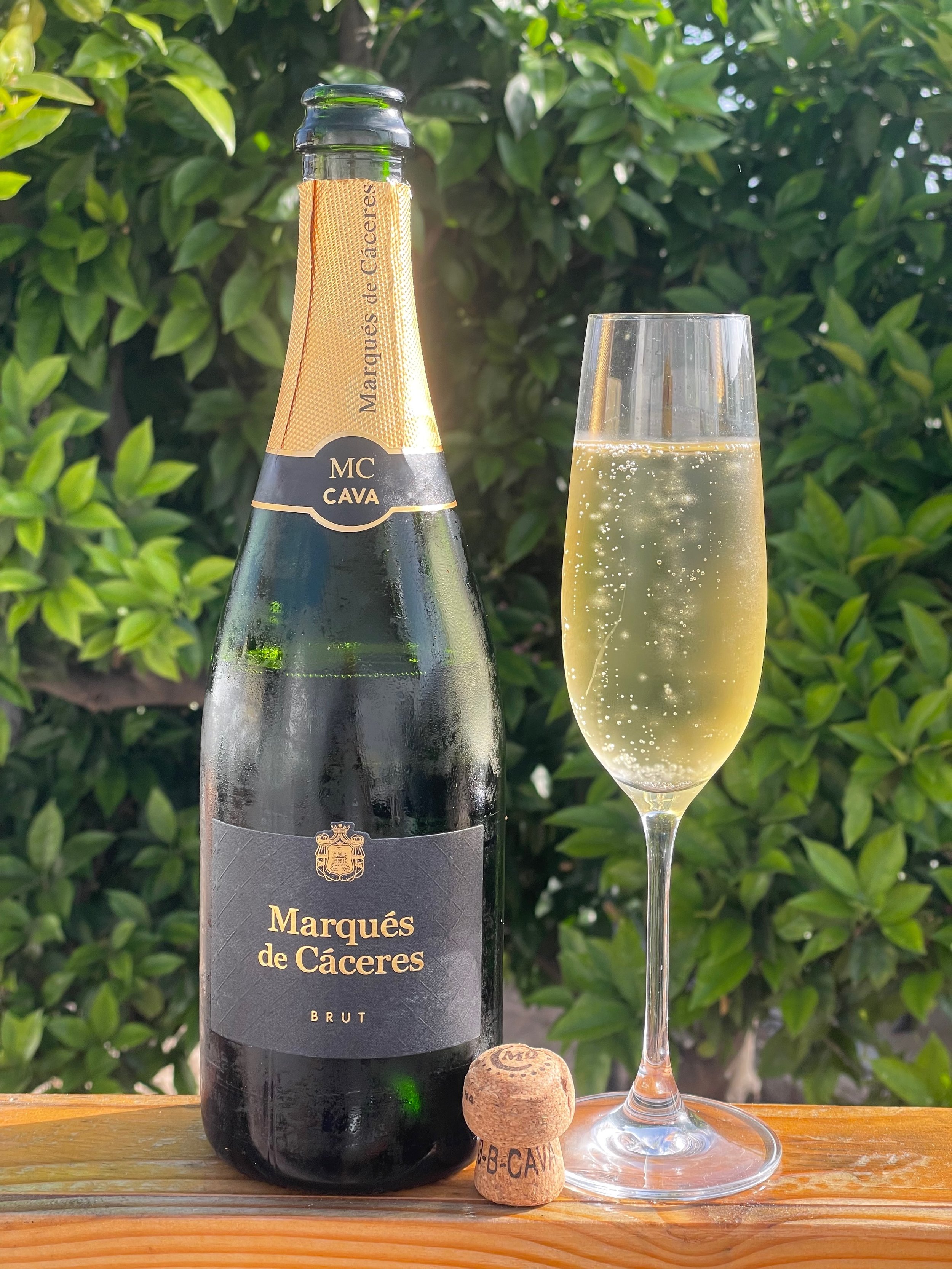2021 King Family Vineyards Mountain Plains Monticello Red Blend ($85)
King Family Vineyards is a family-owned and operated winery. They’re known as one of the best wineries in Virginia.
They specialize in the production of premium wines that showcase the remarkable quality and terroir of the Monticello AVA. Beginning with carefully selected grapes, winemaker Matthieu Finot creates wines inspired by the old world, but uniquely expressive of Virginia wine.
This Monticello Red Blend is produced with 45% Cabernet Franc, 37% Merlot and 18% Petit Verdot.
The grapes are hand-sorted and destemmed. The wines underwent four to eight weeks of maceration in open-top concrete fermentation tanks, allowing for the extraction of color, tannin, and concentration. Following pressing, the wines were aged separately for 22 months in new French oak barrels. After blending, the wines continued to age until bottling.
This Monticello Red Blend is Medium ruby in color with aromas of black plum, blackberry and black currant along with a pleasant hit of the French oak. On the palate, this medium-full bodied Red Blend is rich and complex with big black fruit flavors and notable oak. This wine has a wonderfully long finish that is very smooth. [ABV: 13.8%, TA: 5.27 g/L, pH:3.52, Residual Sugar: <0.1%]
This King Family Vineyards Monticello Red Blend is indeed a winner! And a great fit as this week’s Behind the Cork™ Wine of the Week. Cheers!
Disclosure of Wine Sample Submission: I received these samples at no cost for review.
Media Samples Provided by King Family Vineyards, Virginia Wine and Donna White Communications






